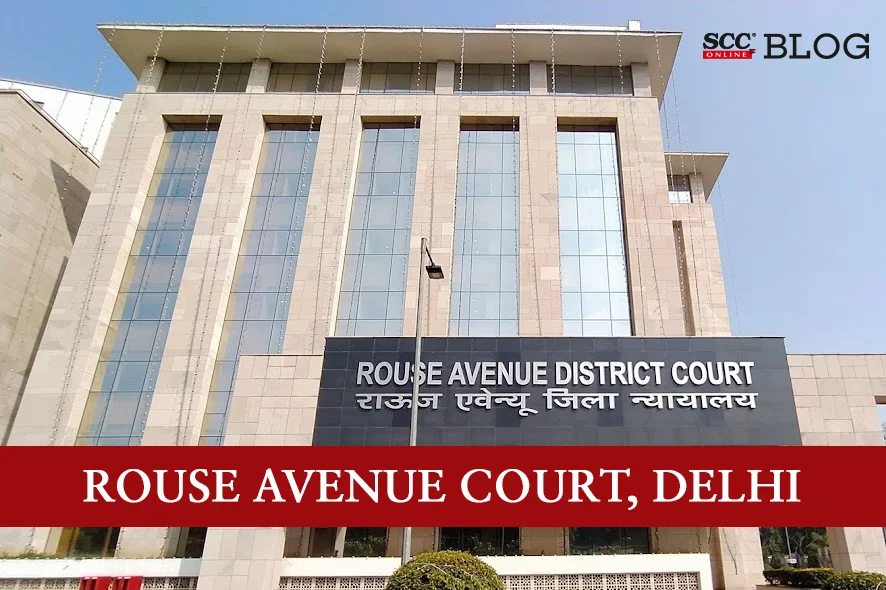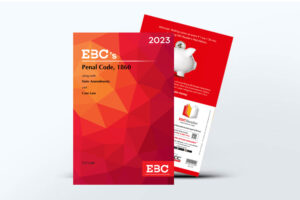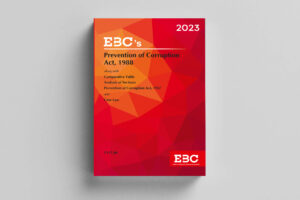Rouse Avenue District Court, New Delhi: In a case registered under Section 120-B of the Penal Code, 1860 (‘IPC’) read with Section 420 of the IPC and Section 13(2) read with Section 13(1)(d) of the Prevention of Corruption Act, 1988 (‘PC Act’) against Shree Baidyanath Ayurved Bhawan Pvt. Ltd. (‘SBABPL’) and its Director and other public servants on basis of Central Bureau of Investigation’s (‘CBI’) enquiry in respect of Bhandak (West) Coal Block allocation, Special Judge, PC Act, Sanjay Bansal discharged the accused persons of the said allegations.
Background
SBABPL had submitted an application to Ministry of Coal (‘MoC’), Government of India for allocation of a coal block for setting up a Captive Power Plant (‘CPP’) of 60 MW capacity for power supply to their paper mill located at Kanhan, Nagpur. Subsequently, another request was made for allotment of Bhandak (West) Coal Block for captive mining for its CPP. The MoC had reserved Bhandak (West) Coal Block to SBABPL to meet their requirement of 0.331 mtpa coal in their proposed 60MW captive power plant to supply power to their paper mill. The MoC was informed that their paper mills did not require this much power and requested for changing the allocation of Bhandak (West) Coal block in the name of Baidyanath Power & Mining Ltd. (‘BPML’), however, the MoC did not allow the transfer and ultimately the coal block was deallocated on 31-05-2011. It was alleged that officials of MoC connived with SBABPL for allocation of the coal block in favour of SBABPL.
Decision
The issue before the Court in the matter at hand was whether the accused persons by way of their fraudulent acts done with dishonest intention actually deceived the Screening Committee, MoC or not and thereby induced it to deliver a property to them.
Regarding the offence of conspiracy, the Court referred to State v. Nalini, (1999) 5 SCC 253, wherein the law regarding conspiracy was summarised, and the Court said that while direct evidence for the offence of criminal conspiracy is hard to come up but the same is to be ascertained from the overall facts and circumstances of a given case. For the offence of cheating, whether made out or not in the present case, the Court perused Section 415, 420 of the IPC. Upon referring to Ram Jas v. State of U.P., (1970) 2 SCC 740, the Court summed up the ingredients of the offence of cheating as follows:
(i) there should be fraudulent or dishonest inducement of a person by deceiving him;
(ii) (a) the person so deceived should be induced to deliver any property to any person, or to consent that any person shall retain any property; or (b) the person so deceived should be intentionally induced to do or omit to do anything which he would not do or omit if he were not so deceived; and
(iii) in cases covered by (ii)(b), the act or omission should be one which causes or is likely to cause damage or harm to the person induced in body, mind, reputation or property.
Further, the Court referred to a catena of judgments to bring out the meaning of the phrase ‘deceiving any person’ as used in the definition of cheating under Section 415 of the IPC and said that in all such cases of deception, the object of the deceiver is fraudulent. The Court explained that the deceiver has an intent to acquire or retain wrongful possession of that to which some other person has a better claim. So, it clearly amounts to deceiving a person when a person parts away with a property while acting on such a representation of an accused believing in the truth. However, the Court said that it is also important that the person practicing the deceit knows or has reason to believe the said representation to be false. The Court also said that it is not always possible to prove dishonest intention by direct evidence, however, it can be proved by number of circumstances only from which a reasonable inference can be drawn.
Regarding deception, the Court said that it is settled that a person deceives another when he causes another to believe what is false or misleading as to a matter of fact or leads him into error and a willful misrepresentation of a definite fact with intent to defraud constitutes an offence of cheating. Further, the Court said that it must be proved that the representation was false to the knowledge of the accused and was made to deceive the complainant.
For the issue at hand, the Court said that it was amply clear from the SBABPL’s application that the applicant was SBABPL itself and the application was for allocation of coal block for CPP of 60 MW and the end use was ‘power’. The Court noted that the MoC’s policy was concerned with use of coal for specified end use and the end use of the SBABPL being ‘power’ was in conformity with the MoC’s policy. Therefore, the Court said that the company could be allocated coal block. The Court said that the usage of power generated from the use of allocated coal was irrelevant to the MoC. The Court also said that SBABPL had specified the end use i.e., ‘power’ and had also mentioned the further use, which was initially for paper mill, then steel plant and later on changed to newsprint plant. The Court said that the SBABPL did change the purpose of use of power i.e., firstly steel plant and later paper mill and further newsprint plant, however, this act was not an offence. After generating power by using coal, the company could use the power for any purpose, the Court said.
The Court noted that as per the policy, an allocatee could incorporate a separate company for mining activities. Therefore, the Court said that incorporation of BPML by the SBABPL was not an incriminating act the act of mentioning BPML’s name in the application file before its incorporation was not a fraudulent act as SBABPL had all the intentions to create BPML and which it did. The Court also noted that SBABPL did not conceal any fact from the MoC and all the acts and changes made by the SBABPL were informed to the MoC. The Court said that there was no misrepresentation by SBABPL as the modifications in the use of the power generated from CPP were informed and the MoC had still allocated the coal block to SBABPL. The Court said that there was no haste on the part of the Screening Committee in approving the allocation of coal block, the matter was considered at lengths, the allocation was recommended on 26-05-2003 and the letter of allocation was finally issued on 27-11-2003. The Court also said that the allegations of conspiracy between the director and SBABPL could not be made out because SBABPL was a juristic person and moreover it appeared doubtful if there could be any conspiracy between them.
Therefore, the Court held that no case was made out against the accused persons and SBABPL. Thus, they were discharged from the said allegations.
[CBI v. Suresh Kumar Sharma, 2023 SCC OnLine Dis Crt (Del) 23, Decided on 26-09-2023]
Advocates who appeared in this case :
For the accused: Senior Advocate Siddharth Aggarwal, Advocate Meherunnisa Anand Jaitley
Khaitan and Co.- Advocate Rajiv Shanker Bhatnagar, Advocate Tejasv Anand, Advocate Uddeshya Singh
For the CBI: Public Prosecutor N.P. Srivastava









